What will happen to Russia in the next 30 years?
In 30 years’ time, Russia will have become part of the great international consumer society, whatever that has become, writes Mary Dejevsky


In the days of the Soviet Union, the KGB kept a very special Christmas present in reserve for Moscow-based correspondents from western countries. It would give very late notice of an urgent press conference to be held on the afternoon of 25 December, just in time to ruin everyone’s Christmas dinner, but it was just about plausible because 25 December was – and is – an ordinary working day in Russia. Then, only New Year’s Day was a public holiday; Russian Orthodox Christmas is celebrated on 7 January.
The Christmas of 1991 passed without any emergency summons from the KGB, but any hopes of an undisturbed festive meal were banished by the solemn announcement of a nationwide presidential broadcast. This turned out to be Mikhail Gorbachev’s regretful last address from the Kremlin, in which he announced the dissolution of the USSR. The red flag with its hammer and sickle was replaced over the Kremlin by the Russian tricolour that very night.
Thirty years have passed since that day, and nearly two generations of Russians have grown up with no memory of Soviet times. Anyone under 40 will have only the haziest idea of the constraints and deprivations of Soviet life, and what they do know will mostly have been gleaned from older relatives and friends, TV documentaries, and books. They have grown up as Russians, in a state called the Russian Federation that, despite being Russia long before it was Soviet, is still struggling to find its identity in the world as it is today.
Rather than capitalise on Russia’s difficulties, we in the UK in particular should perhaps show more sympathy than we often do – what with the questions hanging over the survival of the union under the strains of Brexit, and the latest paroxysms over the legacy of empire. We have also had the best part of a century to get used to the loss of empire, unlike Russia, which, as the successor state of the Soviet Union, found itself shorn of a third of its territory and population almost overnight – or, at most, over the four months that followed the August 1991 anti-Gorbachev coup. Small wonder that the adjustment – both within Russia and towards its new borderlands – is far from complete.
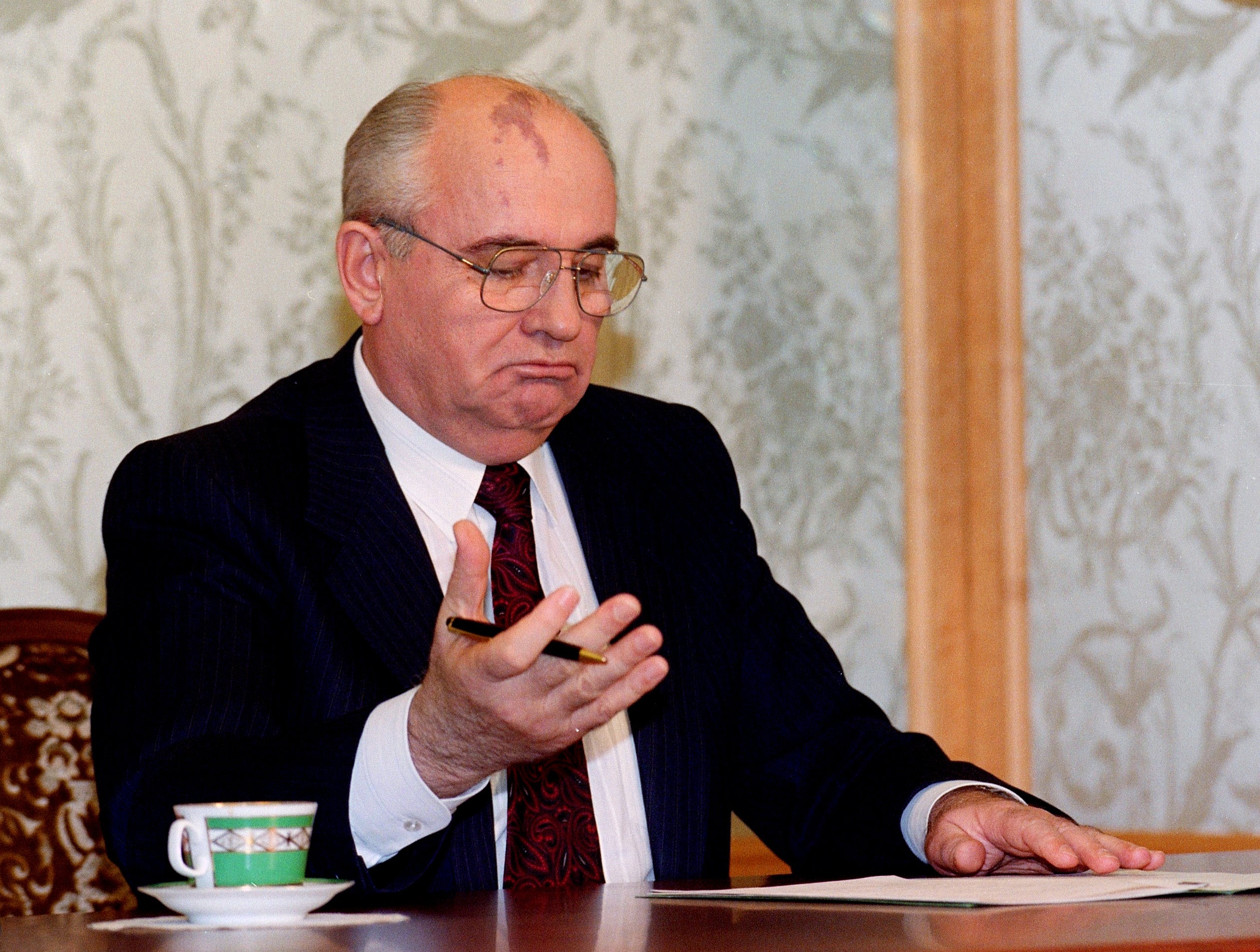
Rather than join Russia intellectuals in their long search for Russia’s identity, however, it might be worth considering instead what Russia might look and feel like in 30 years’ time, taking account of how much it has changed – or not – over the past 30 years.
Perhaps the most surprising aspect of the change, to me, has been how selective memory has been: the speed with which some parts of the past were forgotten, or maybe blotted out, and others persist. Among my most vivid memories from a year studying in the Soviet Union in the 1970s, and then reporting on what turned out to be the last years of the USSR, are the greyness, the shortages, the lack of choice, the queues for everything from eggs and meat to buses and trams, and the general dilapidation.
It is not just that today’s younger Russians have never experienced most of this. It is that those who did – the mothers who rose before dawn to start queueing for milk; the van drivers who followed lorries carrying fruit to find out its destination; the stone-faced shop assistants who kept things by for friends (for a consideration); those who shared kitchens and bathrooms with unchosen neighbours, or spent 10 years or more on the waiting list to buy a car – have consigned all this negativity in their mind to the long-distant past. If people remember anything, it is a carefree childhood, the sense of security, and the status of being a citizen of a great power.
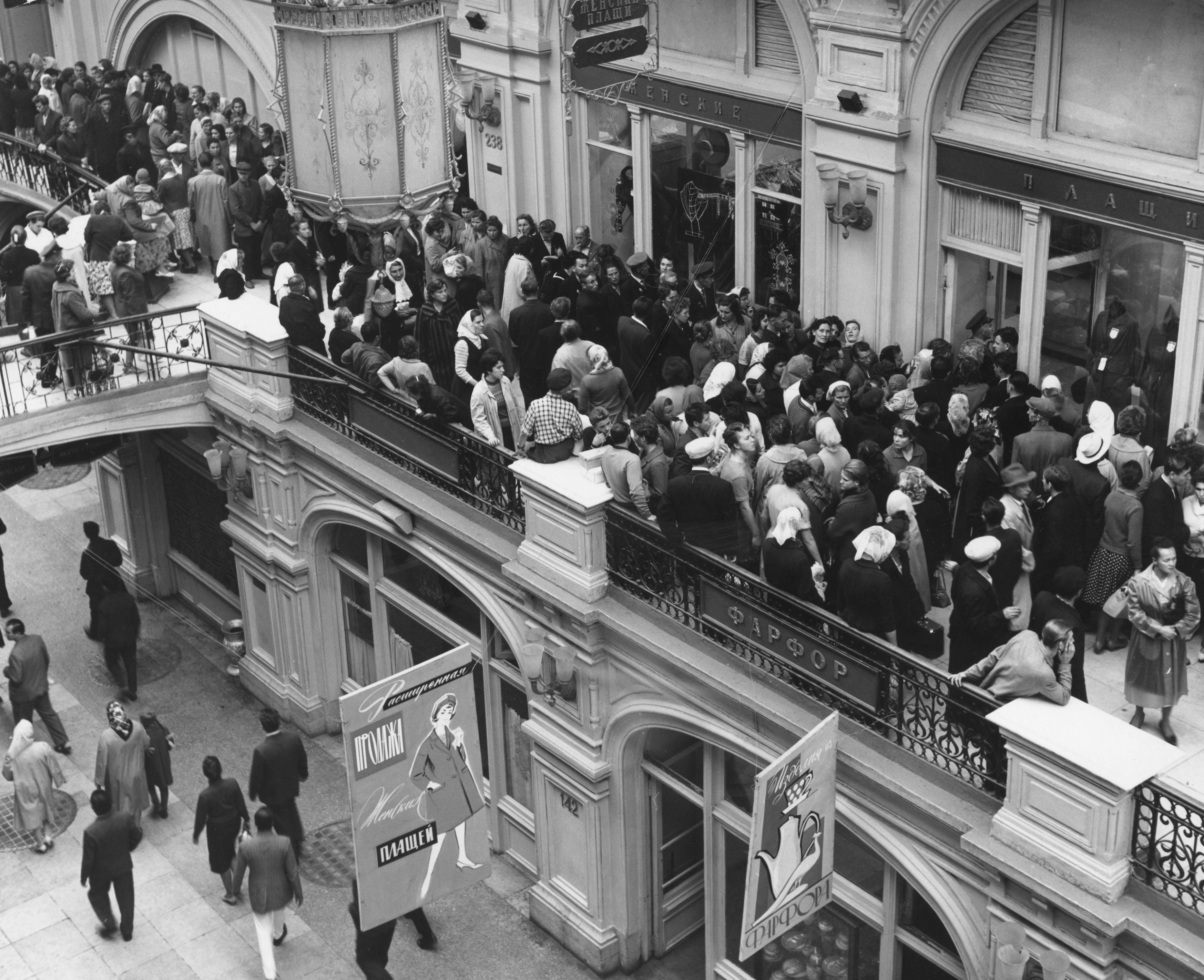
This is quite different, it seems to me, from the way those with brutal war or prison camp experiences keep such horrors to themselves. It is rather that the negative parts of Soviet life – and these would include the destitution that attended the economic chaos of the early 1990s – have largely been replaced in people’s minds by the relative plenty that exists today.
Thirty years after the end of the Soviet Union, most of Russia – including second- and third-tier cities that were less well supplied in Soviet times – has a consumer sector on a par with what you would find in many British towns. And the change took place with incredible speed.
Even 30 years on, it may still be too soon to judge how far Russia’s middle class – old and new – will continue to grow, and how far the re-emergence of social distinctions will turn out to be a one-off
Among the earliest changes was a rush of imported private cars (including second-hand cars from Japan, with the steering wheel on the “wrong” side), and the petrol stations to service them. Then came international supermarket chains, then home-grown supermarkets, then ATMs – I remember my amazement after I put my UK card into a cash machine in a provincial town and actual Russian roubles came out. Shopping malls, often financed and built by Turkish companies, came next, with entertainment facilities such as gyms, or skating rinks, or cinemas. Then smart blocks of private flats, and the mortgages to buy them. Ikea expanded all over Russia – how could it not? Now there is internet shopping, too, and actual shopping has become a leisure activity, as elsewhere in the world.
In food, drink and dress, high-tech gadgets, “executive” housing and foreign holidays – from the mass-market Turkish resorts to luxury in Manhattan and the Swiss ski-slopes – Russians enjoy a lifestyle similar to that in the rest of the industrialised world – and many of the same social inequalities, including class distinctions, that had been hidden before.
This will surely not change. In 30 years’ time, Russia will be a part of the great international consumer society, whatever that has become. Their tastes in everything from clothes to personal technology will reflect changes around the world, but, as now, with a Russian twist – partly dictated by the climate; partly because, well, a fur hat is just part of the Russian deal.
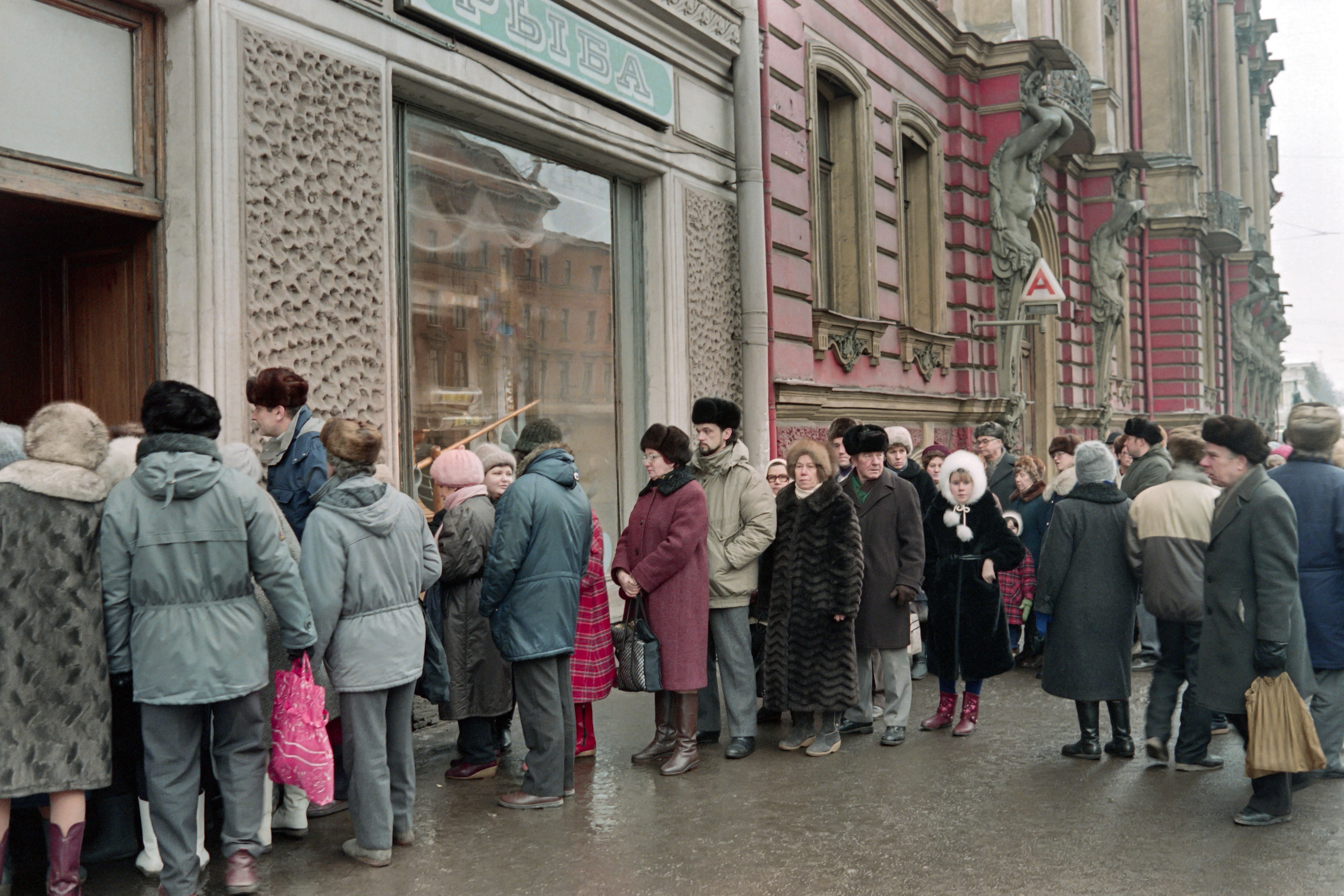
Some parts of Russia may well become more liveable if the climate warms, so the focus of development could move north rather than south, augmenting a trend in recent years for mid-sized cities to grow. If the Northeast Passage opens up as a safe Arctic trade route, settlement and infrastructure will follow. Parts of the Russian north are already starting to look more like parts of northern Canada or Iceland, in their style of housing and commercial development. In another 30 years the differences in appearance could be imperceptible.
That Russia has made such strides in material things in the past 30 years only shows how – in common with most other countries of the eastern bloc – its development had been artificially arrested by ideology and the distortions of the planned economy. In many ways, it has now caught up from where it left off in 1917 – which could help to explain another, non-material, change.
There had always been a coarseness about the prevailing language and manners in Soviet life, which alienated the old intelligentsia and left them conducting largely secret lives: one standard in the home; one outside. Within months, even days, of the Soviet collapse, this started to vanish, and “bourgeois” was back – as a curiosity, if not quite yet as a compliment.
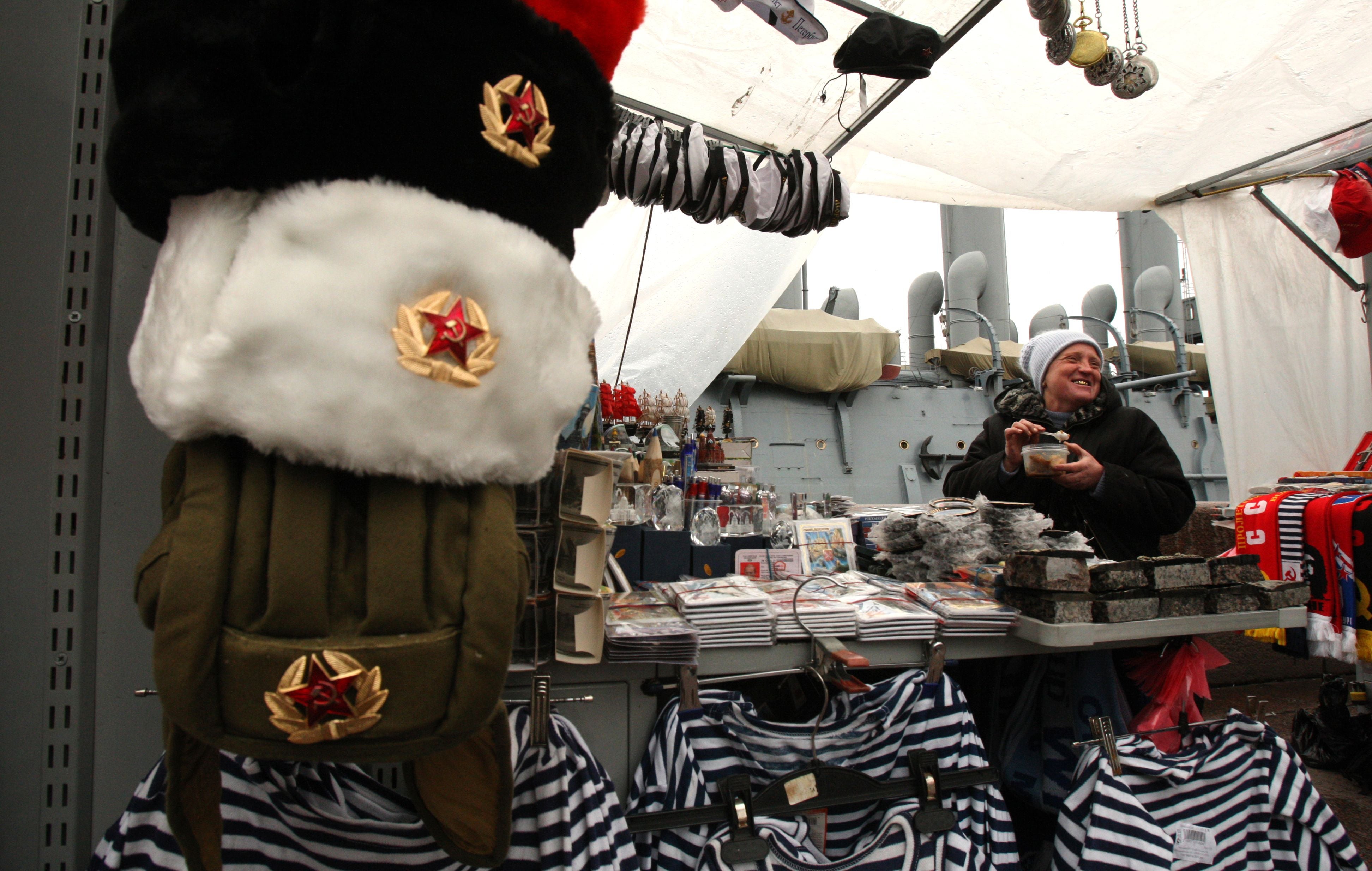
“Comrade” as a mode of address was abandoned, without anyone actually issuing a decree, only to reappear ironically – as in “that (stupid) comrade”. “Mr and Mrs” returned as a mode of address, as did “Ladies and Gentlemen” at public events. Old names made a comeback, too: Viktoria and Anastasia for girls; Nikita and Timofei for boys. In part, this reflected the return of a former middle class that had gone to ground for the duration of Soviet rule; in part, it represented a new sense of social aspiration.
Even 30 years on, it may still be too soon to judge how far Russia’s middle class, old and new, will continue to grow, and how far the re-emergence of social distinctions will turn out to be a one-off – the effect of people abandoning superficially classless Soviet ways – and how far just a stage in the opening up of still wider social divisions.
There are some changes, however, that have taken far longer than many forecast, and may not happen at all
Demographic change is less of an imponderable. Russia’s population, currently 146 million, is destined to shrink, with projections for 2050 standing at around 121 million. The decline is in part because of the catastrophic fall in the birth rate in the years after the Soviet collapse, but it is also less than the many western doom-mongers forecast. Until the pandemic struck – with the toll in Russia similar to that in the worst-affected parts of Europe – there had been a rise both in the birth rate (thanks in part to government incentives) and in life expectancy.
This brought two very visible changes to those who knew Russia in Soviet times. One, by the early 2000s, was the number of families – two parents, one or two young children – out enjoying themselves: strolling, at playgrounds, frolicking in the snow. Before, it had been quite rare to see families together; official ideology and work requirements made it hard for families to take time off or holiday together. This was a big and cheering change.
The other, equally positive, was the appearance of a “young-old” generation, as you find in most developed countries. By the mid-2010s, there they were: a completely new group of people, ostensibly in their 60s and 70s, well dressed and out and about. Twenty years before, this group had been almost entirely missing. Many people, especially men, died young – or, if they lived longer, were too ill or infirm to venture out. A better diet, less vodka (and more beer), and maybe better healthcare, have narrowed the gap between Russia and other developed countries.
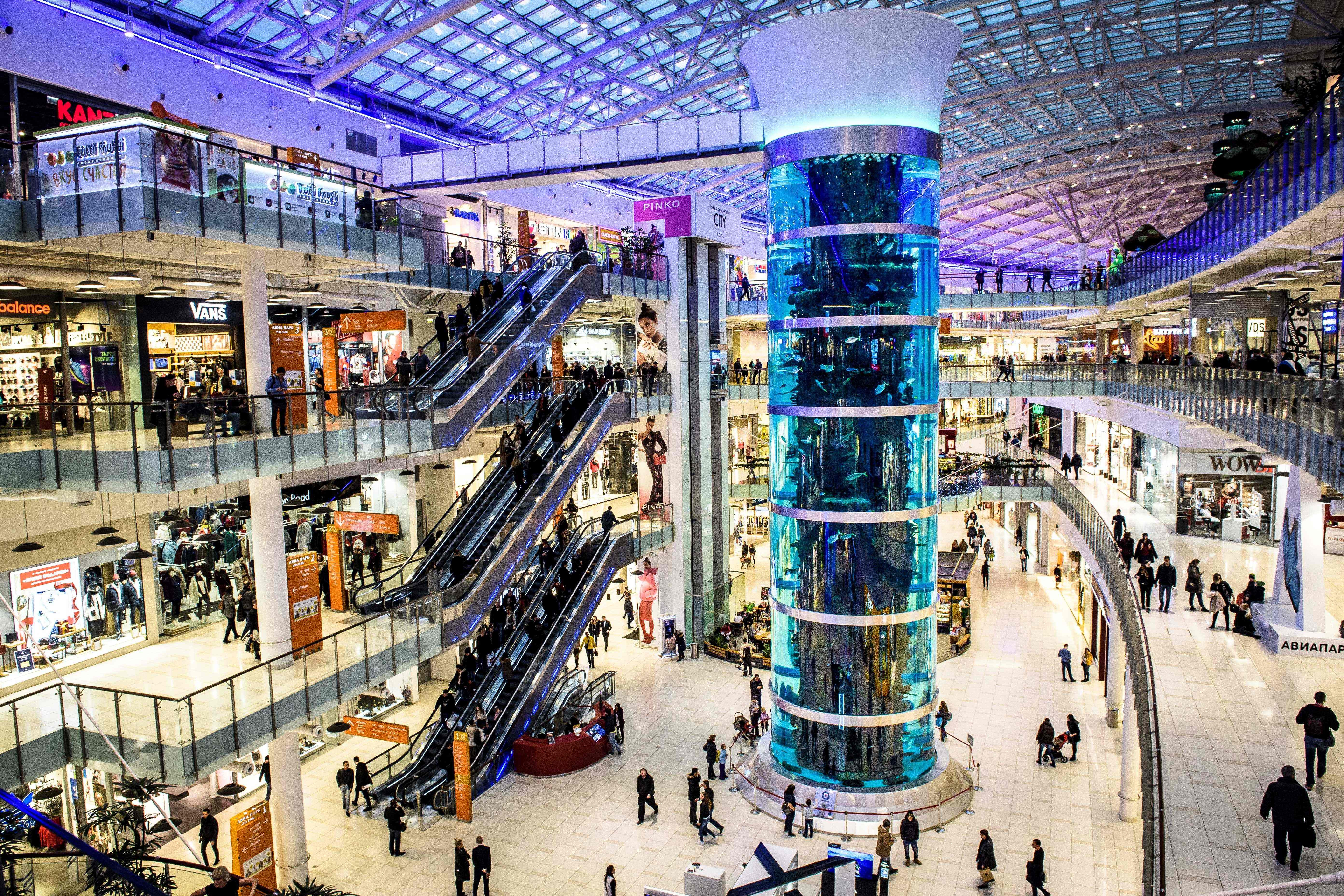
Over the next 30 years, that gap, in so far as it exists, will surely narrow further. By 2050, there may be fewer Russians, but they will be healthier, longer-lived Russians, little different in demographic indices from their neighbours to the west.
All of this change, propelling Russia into the industrialised, consumer and demographic mainstream, has happened, in historical terms, with remarkable speed – probably faster than anyone would have imagined when the red flag was lowered in a nation whose people aged and died young, whose economy was in freefall, and whose guiding ideology for more than three score years and ten had been turned to dust. There will be no turning back. Russia will never again be effectively cut off from international advance in the way it once was.
There are some changes, however, that have taken far longer than many forecast, and may not happen at all. Soon after the Soviet collapse, the US-funded anti-Soviet broadcaster Radio Liberty conducted a survey asking what Russia would be like in 10 years’ time. Ten years later, someone from the station told me that, of all the predictions made, mine had been the closest. Sadly, perhaps, it was also the least ambitious. I had forecast that far less would have changed than most then thought. Defying a particularly popular prediction, Russia had not become Sweden – not even close.
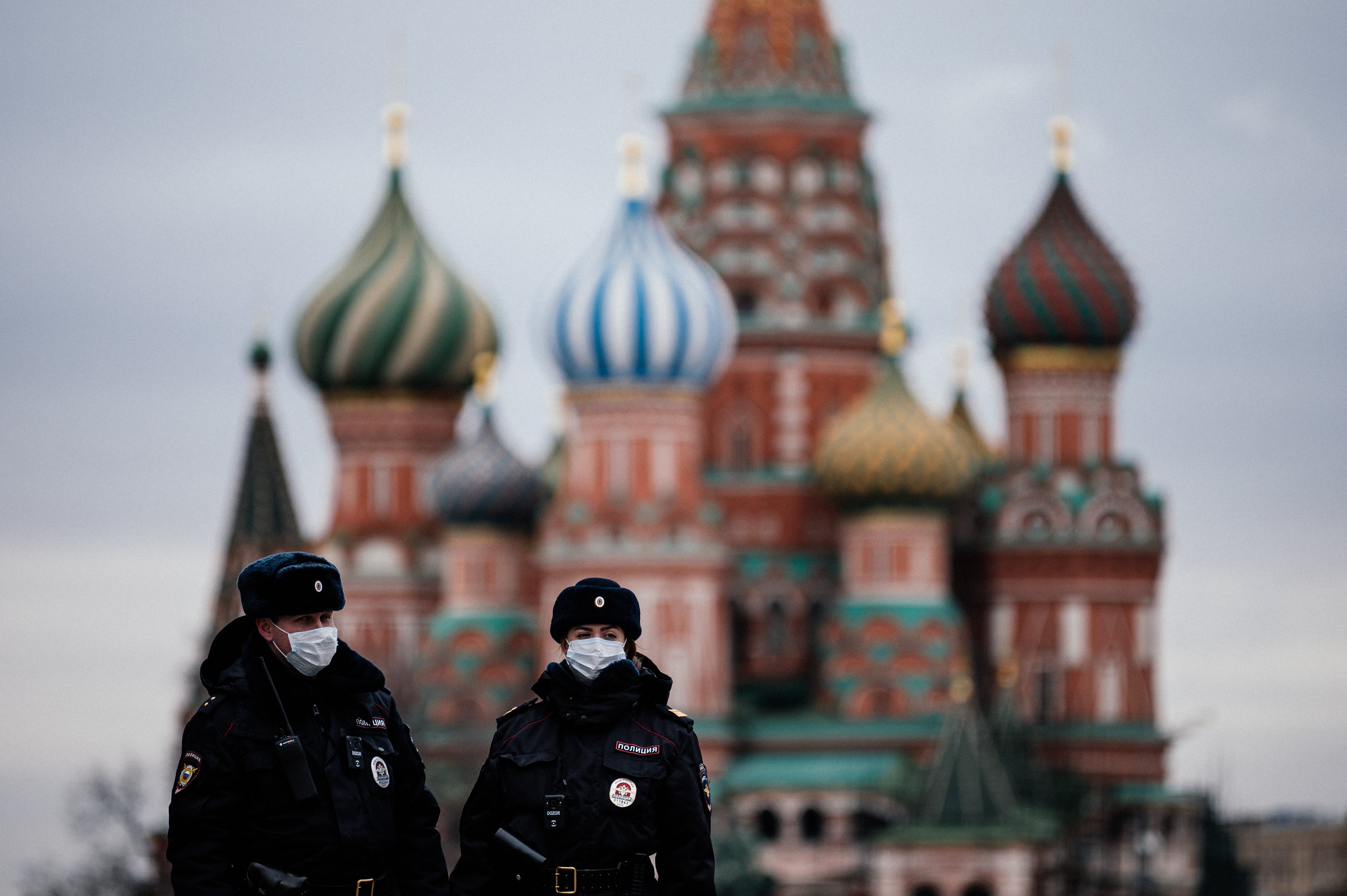
Modernising and upgrading obsolete infrastructure, outside the consumer and business sector, has taken a lot longer than many had estimated. There have been huge improvements, but roads, transport and utilities only really started to come together after 20 years or more. What is still to be done could well take the next 30 years – which at least makes it possible for Russia’s “green” pledge, to become carbon-neutral by 2060, to be incorporated into current plans. Russia surprised everyone with the speed at which it adopted mobile and wifi communications – the old terrestrial networks were effectively abandoned as beyond repair. Something similar could happen with major infrastructure.
In the first 30 post-Soviet years, what took far longer to shift were attitudes – which may reflect two misjudgements on the part of outsiders. One, that people’s attitudes can change as quickly and comprehensively as living standards; and two, that they should, and will, change at all.
Whether Russians will be less conservative in their allegiance to their country – whether that is defined as patriotism or nationalism – is another matter
In the 1990s, western investors and managers who worked in Russia often insisted on recruiting only young staff, who, they believed, would be untainted by the time-serving, unenterprising and at times corrupt practices that had been widespread in Soviet times. But this was easier said than done, with many western business people vouchsafing the fear that it could take at least another generation before the malign Soviet legacy was really left behind.
In many ways, that was too pessimistic. Russian attitudes to work have been transformed; entrepreneurship and diligence flourish. But some changes expected by outsiders may happen more slowly, or not at all.
Among those attitudes is an attachment to social justice – a holdover from the Soviet Union, perhaps, or from what was known long before then as sobornost, a sense of community and social solidarity. Wherever it originated, this attachment may well have been exacerbated by the conspicuous self-enrichment that went on in the early 1990s, creating the “oligarchs” and the super-rich, many of whom keep their money (if not themselves and their families) abroad.
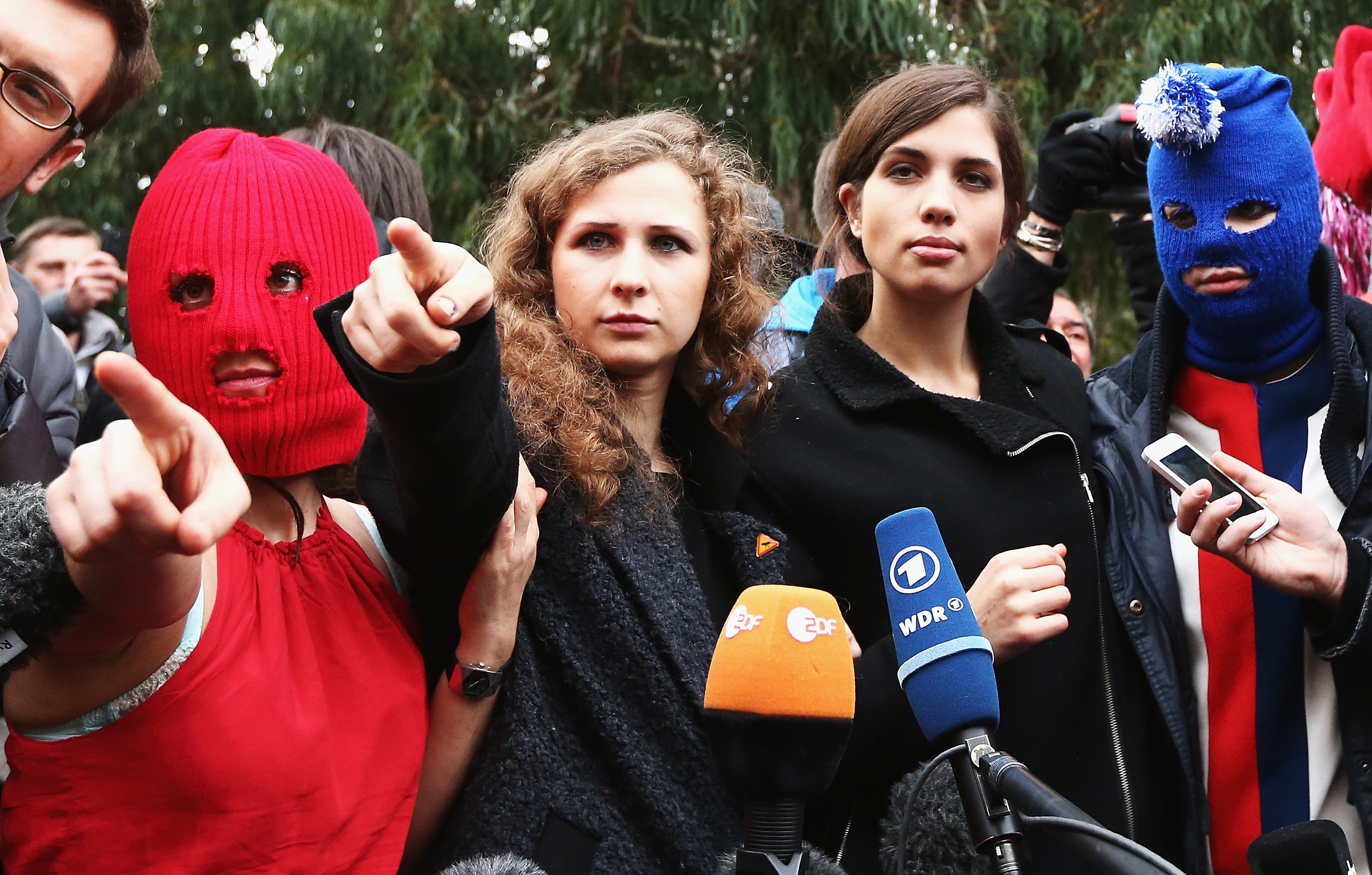
Aligned to this is a widely shared belief that the state has more obligations towards its citizens than many, certainly in the United States, would expect. And both ideas – of a benevolent state and of social solidarity – could be starting to make a comeback. Interestingly, this seems to be happening among young people, rather than among the nostalgics for Soviet times, helping to account for a solid increase in the vote for the Communist Party of Russia in this year’s parliamentary elections. If this continues, it could form the basis for the emergence of something akin to a European social democratic party in the future.
Against that has to be set an ingrained social conservatism, which gives Russian opinion – on issues such as gay marriage, for instance, and gender fluidity, and respect for the religion (Russian Orthodoxy) – more in common with that in Poland, Hungary and Ukraine than in the mainstream of western Europe. The prison sentences for members of the Pussy Riot punk band, for what was judged to be a sacriligious performance in Moscow’s main cathedral, commanded wide support in Russia – and would still do today.
This does not mean that there will be no change in coming decades. Remember how quickly opinion in the Republic of Ireland changed, from broad respect for the Catholic Church to votes to legalise abortion and gay marriage, and the election of a gay Taoiseach. Russians’ enthusiastic return to the Orthodox Church in the 20 years after 1991, partly as an expression of “Russianness”, now seems to be on the wane. By 2050, and governed by a new generation, Russia will probably be a lot less socially conservative than it is now.
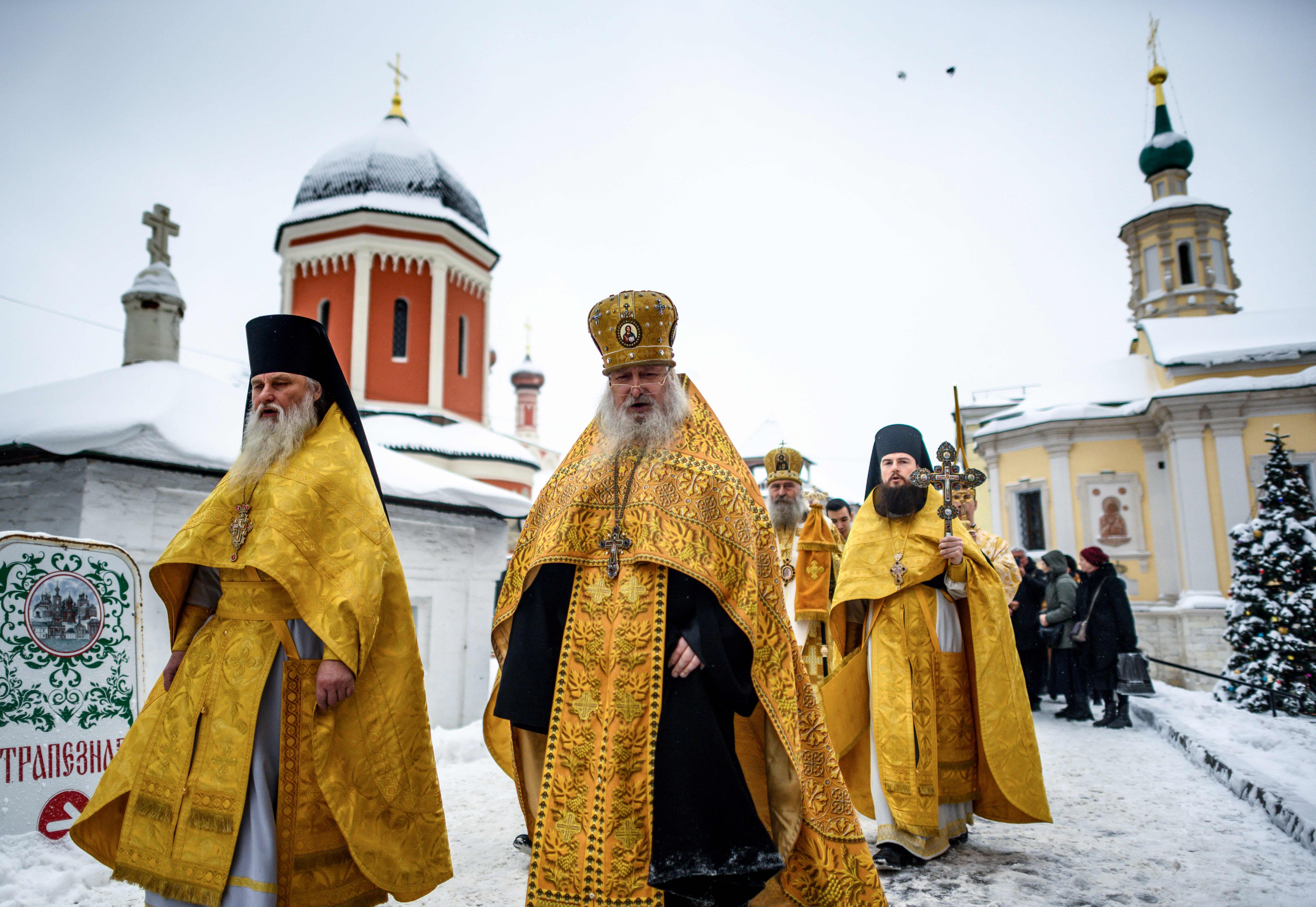
Whether Russians will be less conservative in their allegiance to their country – whether that is defined as patriotism or nationalism – is another matter. The huge public approval, at almost every level of society, of Putin’s annexation of Crimea in 2014 showed, I suspect, not just the extent to which Russians craved a victory of a kind after the loss of the Soviet Union, but how Russians still think of their country as a great power, and the enduring strength of patriotism. Among Russians who have chosen to live abroad – for study, for work, or out of disenchantment with the current state of their homeland – it is rare to find even a few who renounce their allegiance to Russia. (Allegiance to Putin is another matter.)
Almost whatever happens, it is hard to believe that Russian identity will be any weaker in 30 years’ time than it is now. Whether it expresses itself in what might be seen as a healthy national pride, or a more threatening nationalism, or a prickly isolationism, could well depend on how Russia feels it is treated by other big powers and its neighbours in the coming years. By then, 60 years after the Soviet collapse, it is possible that Russians will be more at ease with their post-Soviet identity and the constraints on their country’s power than they are now, and more comfortable within their post-Soviet borders. But its sheer geographical size means that it will remain a force to be reckoned with.
Assisted by a warmer climate and greater efficiency, Russia could become even more of an agricultural force than it is now
When Putin came to power 21 years ago, there was a real risk – as he regularly reminds his voters – that Russia itself could break up. There were two brutal wars with Chechen separatists. Tatarstan at one point threatened to leave, and there was an incipient separatist movement for Siberia. This threat has passed. The new threat is not of a break-up, but that the writ of Moscow will run even less effectively in the different regions than it does now.
Putin spent years trying to streamline power structures into what he called a “pyramid of power”. This never really happened, and the past few years have seen some individual regions again in a defiant, though not separatist, mood. Local ecology and anti-corruption protests have been particularly effective, which is how the opposition figure, Alexei Navalny, became a force to be reckoned with (and jailed).

At best, Putin or his successor would be able to capitalise on regional sentiment to devolve more power to the regions, and run the country in a more bottom-up rather than top-down manner, by consent. In 30 years’ time, Russia could then be more settled and productive, with flourishing industry and agriculture feeding into regional pride. At worst, discontent would be such as to set region against region, and regions against Moscow; the result would not be break-up, but a dysfunctional state in which potential prosperity was largely squandered.
It could be argued that, in many ways, Russia is a more coherent and secure state within its current borders than it was in Soviet times. But maintaining or enhancing that security will depend, in the west, on how Ukraine establishes its place as an independent state; and in the south and the east, on how destabilising a regional presence Afghanistan turns out to be; and – still more – on what happens with China: how Beijing handles its growing power abroad, and whether it can avoid major upheaval at home. In the past 30 years, Russia has tended to leave the former Soviet central Asian states to their own devices. Would that still be so if China started to throw its weight around in the region?
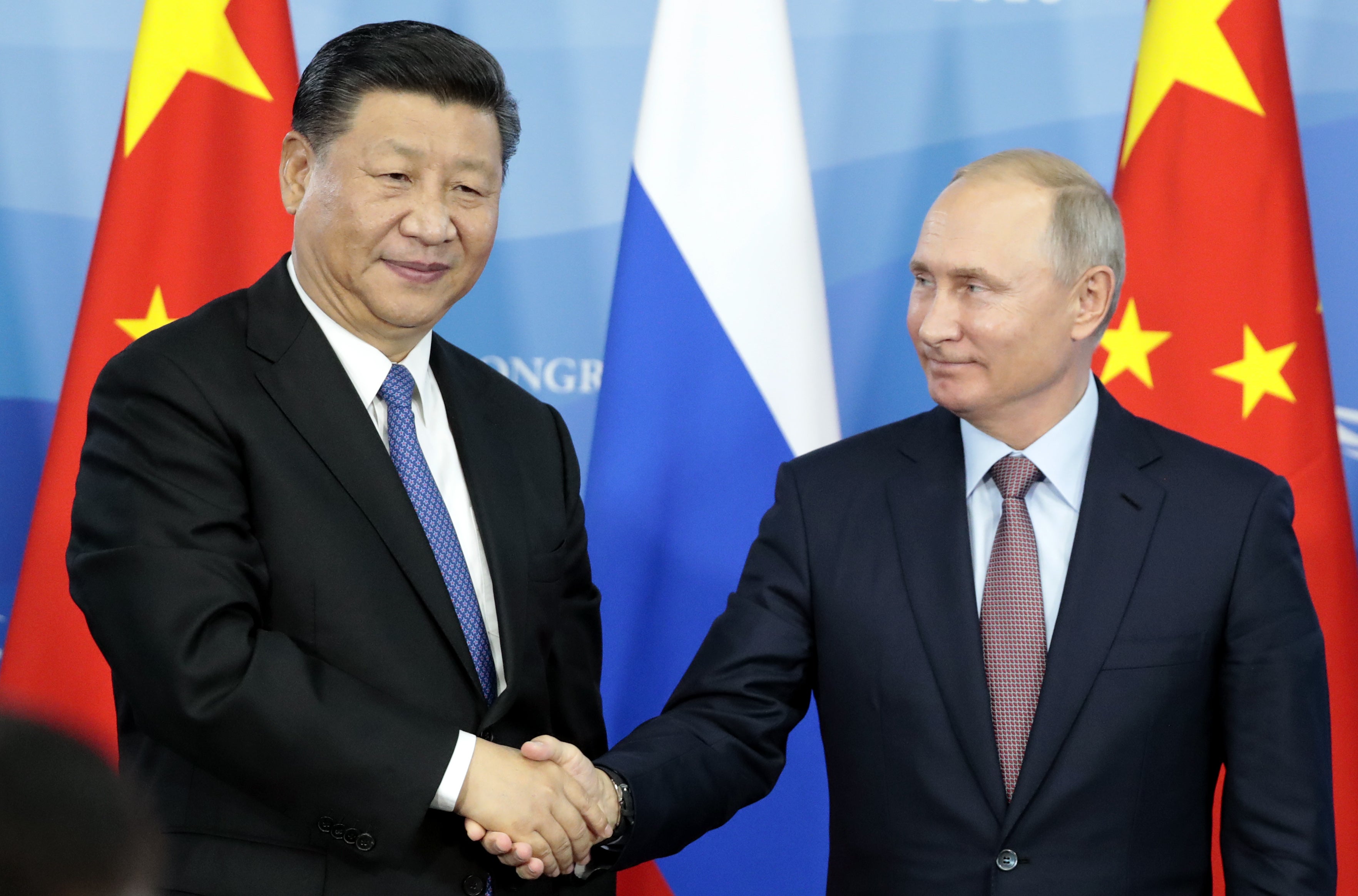
Russians have the age-old fear of a populous China encroaching onto its largely empty eastern spaces. A troubled China could also burst out of its borders spontaneously. In either case, conflict in Russia’s east rather than Russia’s west could not be excluded. True, new trade and maybe even territorial arrangements might be negotiated to mutual advantage. But the history offers far more suspicion than cooperation – let alone, despite the fears of some in the west, alliance.
By 2050, too, the make-up of Russia’s economy could look rather different from how it looks today. Assisted by a warmer climate and greater efficiency, Russia could become even more of an agricultural force than it is now. With the Northeast passage possibly opening up, it has the chance to become a major commercial shipping route. And if Europe manages to make progress in its plans for decarbonising its energy sector, Russia may also have had to wean itself off oil and gas exports as its main source of foreign revenue – or be selling to China and southeast Asia instead. If it stands by its stated commitments to be carbon-neutral by 2060 and to protect its forests, Russia could even become a poster child for the new greener economy. The potential is there; it should not be ruled out.
In all, Russia could become a prosperous state, with European-style living standards, or a chaotic, ill-governed morass of corrupt and competing interests, where nothing works. On the basis of how far it has come in the past 30 years, the better future should not be excluded: a land of agricultural plenty, clean air, clean water and cleaner energy, with living standards and values – social and cultural – that place it firmly in the European camp, where it may or may not by then be anchored with a multilateral security treaty of the sort it has been angling for since the Soviet collapse.
Those who forecast that within 10 years Russia would be like Sweden were wrong. But maybe they were just out by half a century. Everything takes a lot longer than one precipitate event, such as the declared dissolution of the Soviet Union. In the three decades since the Soviet collapse, Russia has rushed into the 21st century and in so many ways joined the wider world. But if the past is any gauge, for Russia and Russians to settle into their new place in the world could take at least another 30 years.




Join our commenting forum
Join thought-provoking conversations, follow other Independent readers and see their replies
Comments